Wouldn’t it be nice if we could all afford to eat truffles and caviar everyday? Or how about sweet Alaskan King crab legs and a filet mignon where the crust is perfectly seared and the inside cooked to a juicy medium rare? Is your mouth watering yet? For the majority of us, these foods just don’t fit the budget unless we’re celebrating a special occasion. Just because you’re on a tight budget though doesn’t mean that you can’t eat deliciously healthy food. I was recently interviewed on this topic for an article on Self.com titled 11 Ways to Eat Healthy on a Budget. Since I feel like I’m eating on a budget pretty much all of the time, I have a lot to say about this topic and wanted to expand on the points I talked about in the article. I have so much to say that I had to divide this topic into 2 parts. We’ll keep it general in Part 1 and get more into the nitty gritty about specific foods during Part 2.
- Become a flexitarian
- Add more veggies, whole grains and beans into your diet.
- Make meat the side dish or use a smaller portion of meat and bulk it up by adding lots of veggies.
- Try having a Meatless Monday! They have lots of great meatless recipes on their website.
- When making soups and stews, use less meat and add beans and grains to make them hearty.
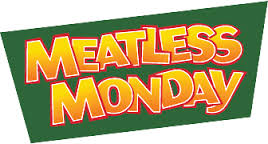
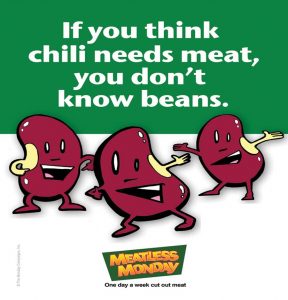
- Find good quality, budget friendly recipes
- Cooking Light.com, Eatingwell.com and Foodnetwork.com have many recipes focused on healthy eating on a budget.
- Some friends of mine just gave me a great cookbook called Good and Cheap:Eat Well on $4/Day by Leanne Brown. I have the actual book, but the pdf download on her website is free! Score!
- Organize before going to the grocery store
- Plan out your meals. Don’t forget that you can also plan to make extra of your meal and freeze it for a later time, depending on what you’re making. This works very well with casseroles, stews, soups and chili. Benjamin Franklin famously said “if you fail to plan, you are planning to fail.” I wholeheartedly believe that statement. Take a small chunk of time out of your day once per week and write a menu. It doesn’t have to be a 5 star restaurant menu. Just a simple guideline. I swear it will help keep you on track during the week when that question inevitably comes up. “Honey, what should we do about dinner?” That’s when the “I don’t know. What do you want for dinner” banter commences. My husband and I can stay in this conversation for literally hours and never get anywhere!
- Consider going to ethnic supermarkets like Super King or Vallarta. Items like fruits, veggies, beans, grains and spices are often significantly cheaper than at a traditional American supermarket. I once saw green cabbage at Super King priced at 7 lbs for $0.99. Ahhh-mazing. You can make a lot of slaw with 7 lbs of cabbage!
- Make a list and stick to it! A bonus to this tip is that you will also get in and out of the store faster! The Environmental Working Group has a great Good Food on a Tight Budget guide that includes a handy shopping list template.
- Don’t forget your club card and re-usable shopping bags. Here in Los Angeles, stores charge us $0.10 for a bag. It’s only $0.10, but hey, money is money.

- Load digital coupons onto your phone. Clipping paper coupons is a thing of the past. Grocers now have digital coupons you can load onto your card and will be redeemed at check out.
- Whatever you do….do not go to the store right after the gym or any other time when you are ravenously hungry. I guarantee that unexpected items will mysteriously jump into your cart.

- Shopping basics
- Private label brands can save you 15-20%.
- Math lesson here: Compare the price per unit in the lower corner, not the total price. The total price of one item may be lower than an alternative, but there may be less product in the package. Also, double check if you have to buy 6 to get the lower advertised price. This one gets my husband every time!
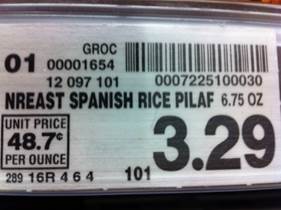
Compare the price per ounce in the lower left to see the actual price difference between similar products
- Buy more produce, beans and grains and less packaged foods. You’re often paying a premium for packaged foods and pre-cut veggies and fruits.
- When scanning the shelves, be sure to check the bottom. Stores will often put the more expensive products at eye level.
- Don’t overbuy perishables. I know EVERYTHING at the farmers market looks amazing, but ask yourself if you’re really going to eat 5 lbs of cherries before they go bad.
Coming next week: I’ll talk specifically about proteins, carbs, produce, flavors and more!


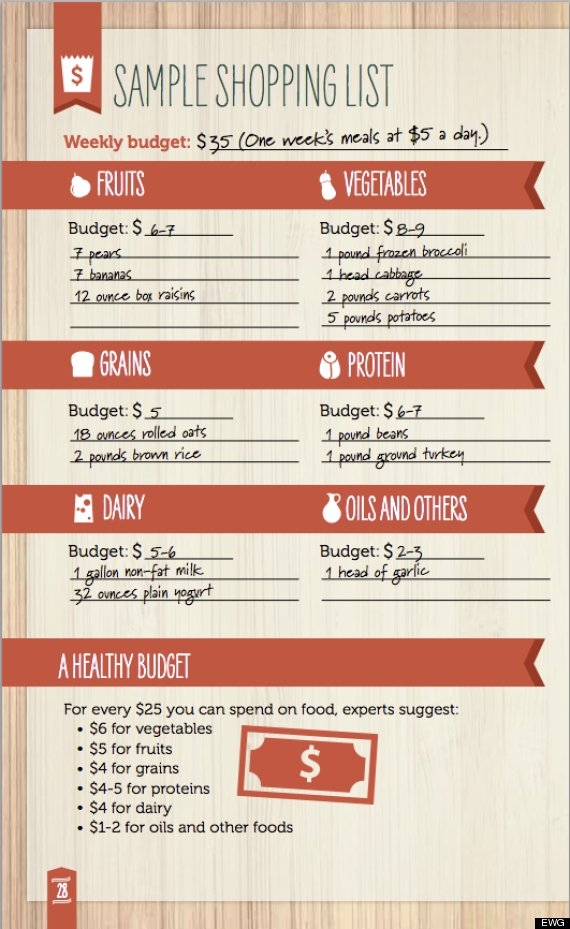



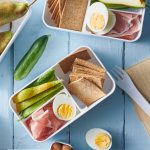
I have to admit those opening lines did make my mouth water! These are all such great tips! Topic #3 (and especially subheadings 3 &6) especially resonate with me! Looking forward to Part 2 🙂
Thanks so much! There’s just so much to say about this topic! 🙂
LOVE these tips! I’m trying to trim my grocery budget right now, and I need to try going to ethnic stores. Thanks for the ideas! 🙂
OMG the ethnic stores are amazing!!
Yay! These are great tips! I cut out meat from my diet some times to save money! Looking forward to part 2!
Thanks so much Farrah! Meat is definitely pricey! Going meatless more often is a great way to save some $$